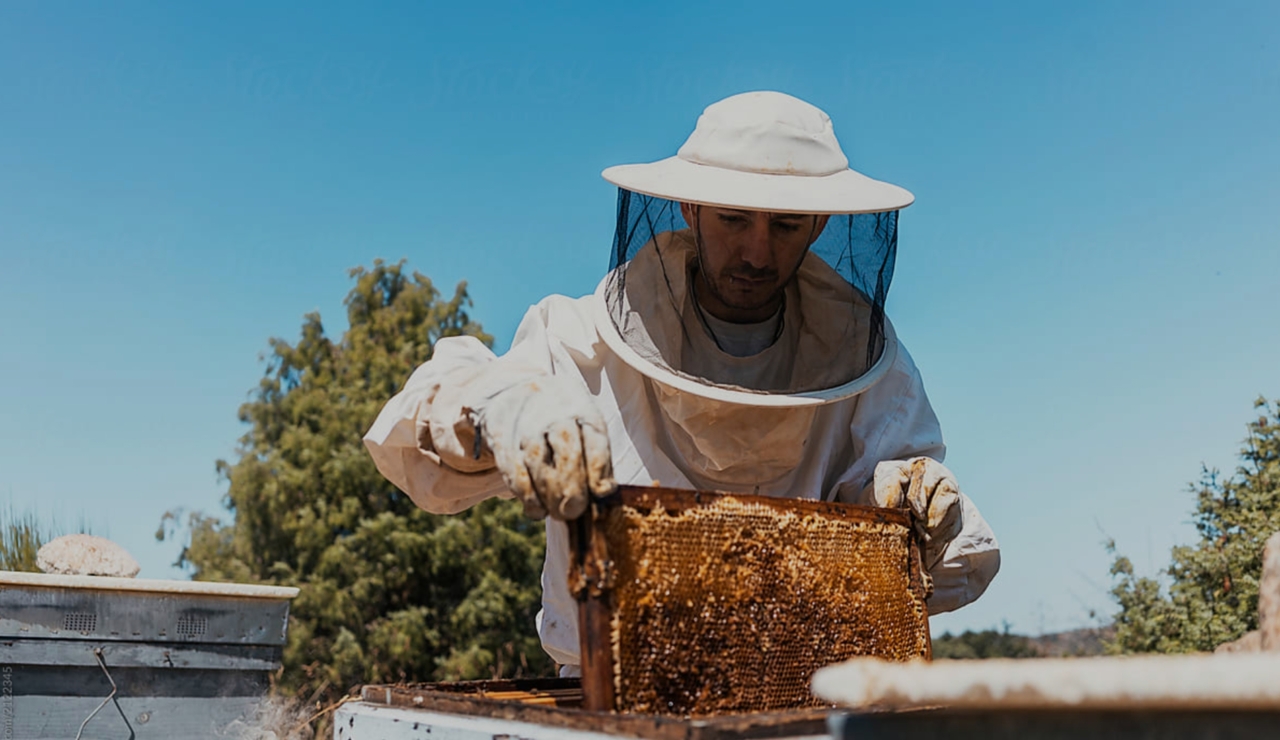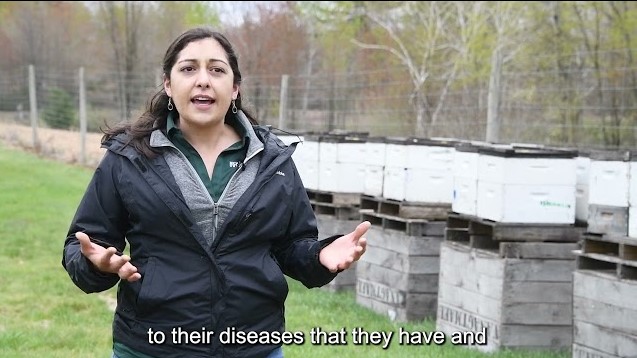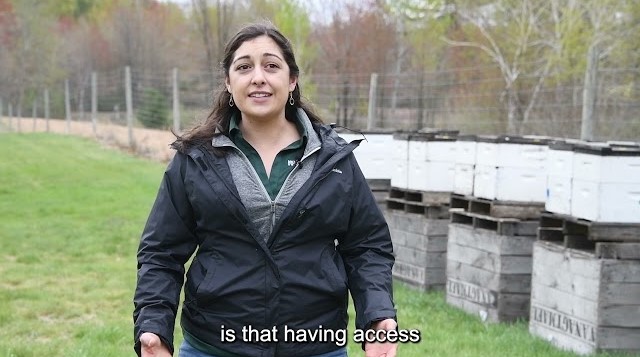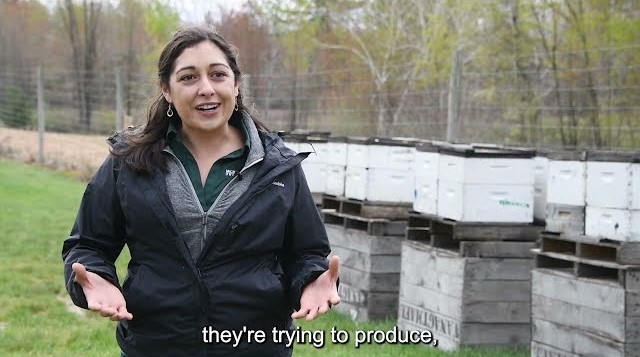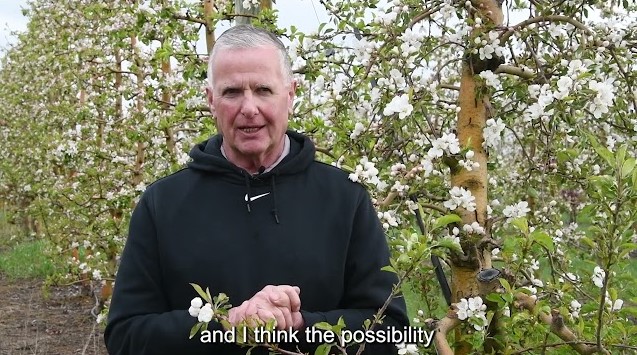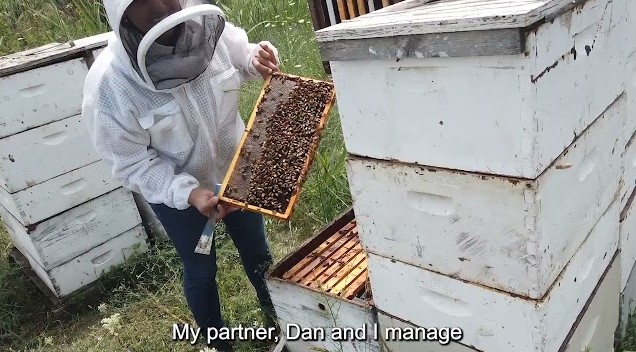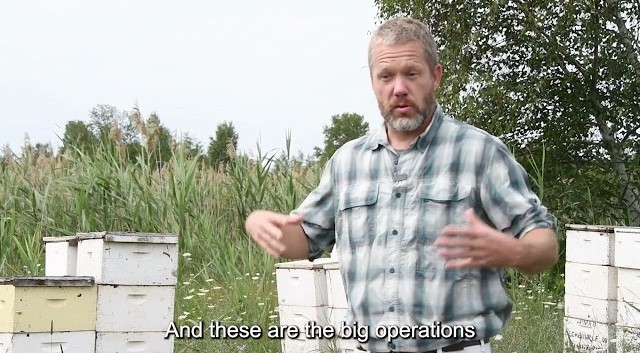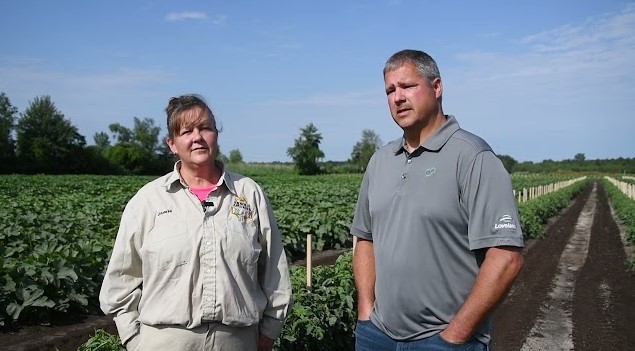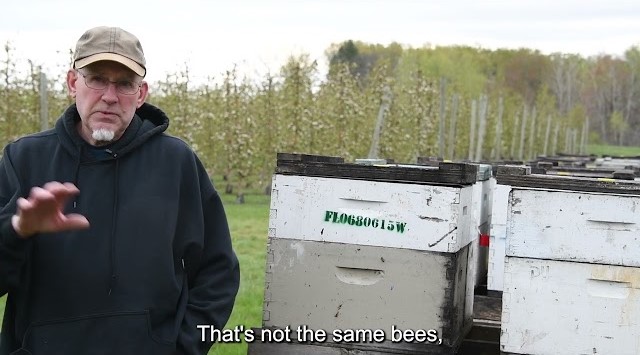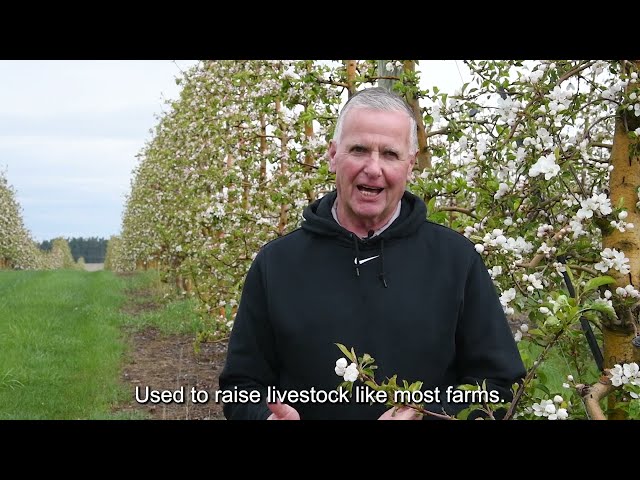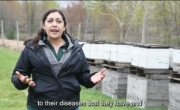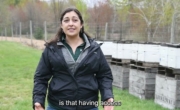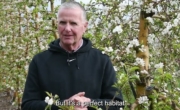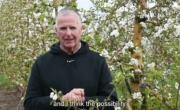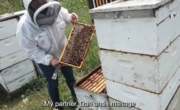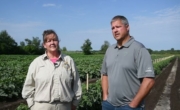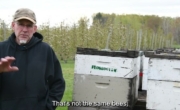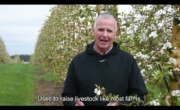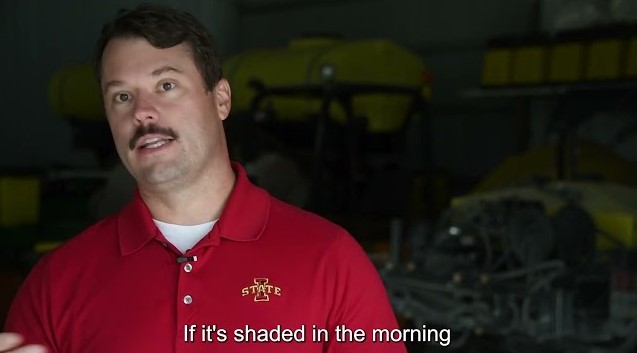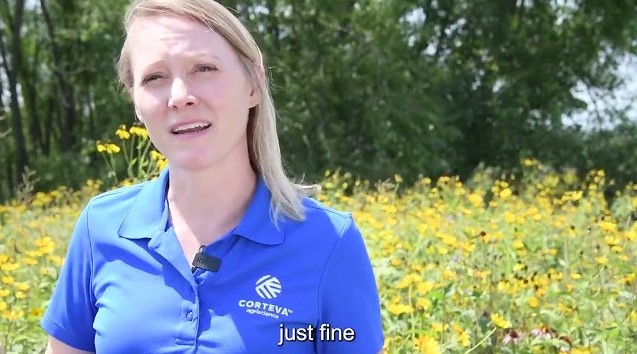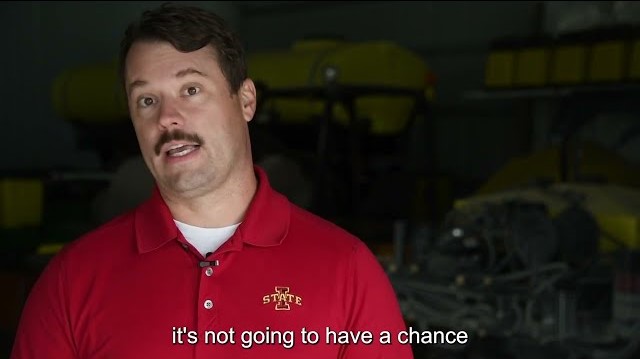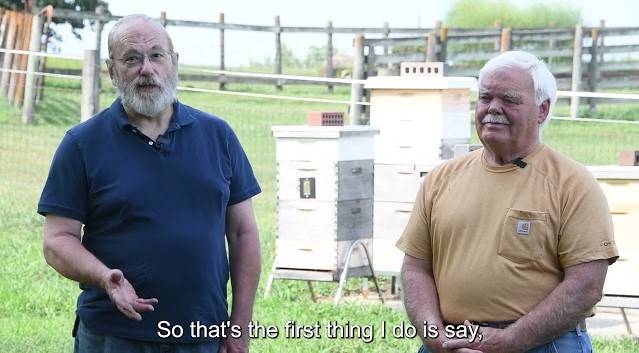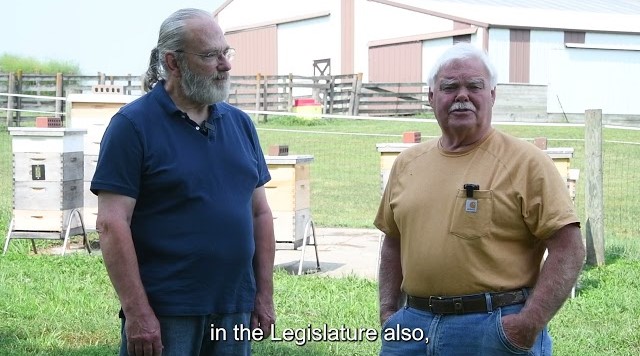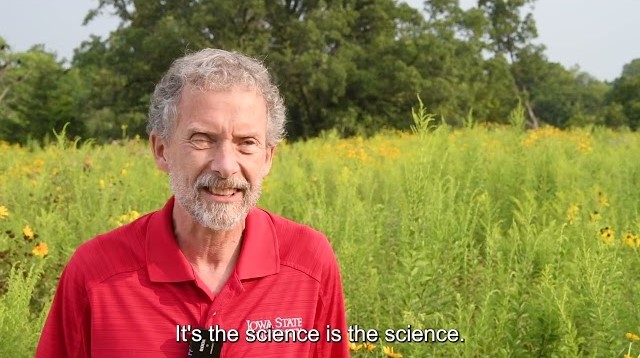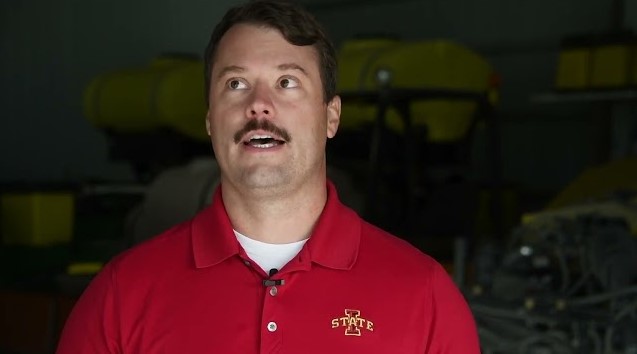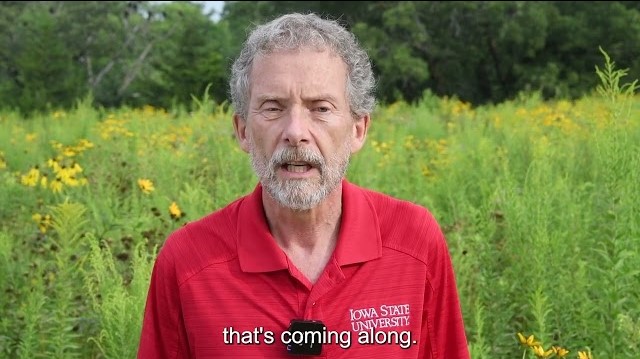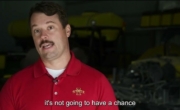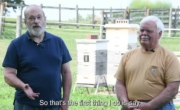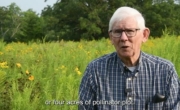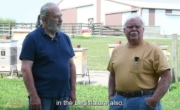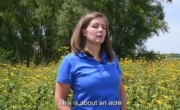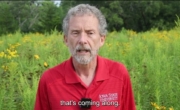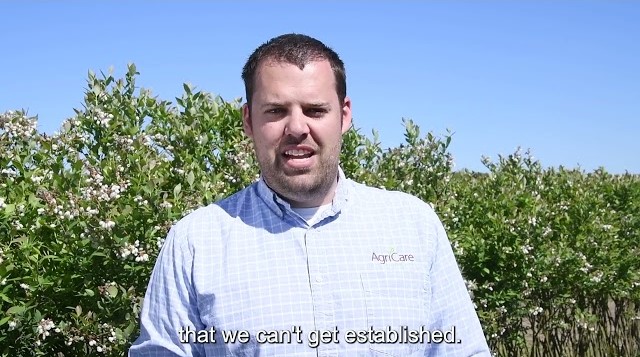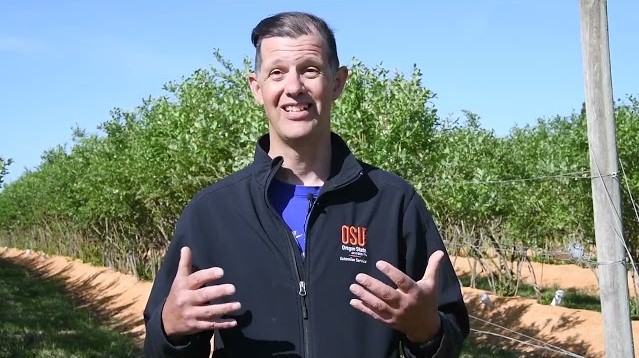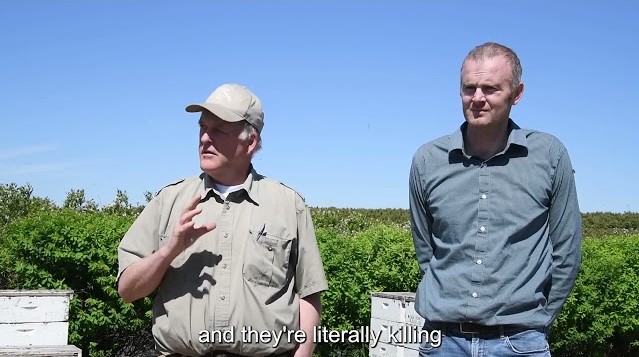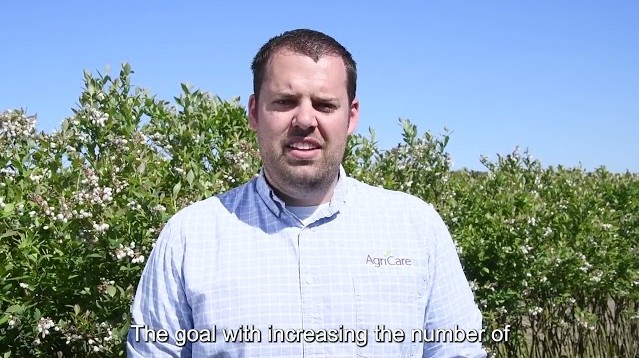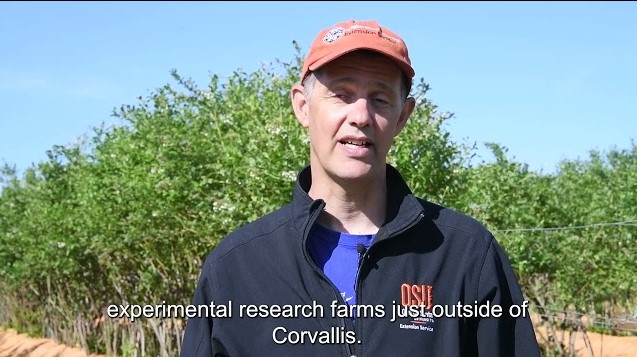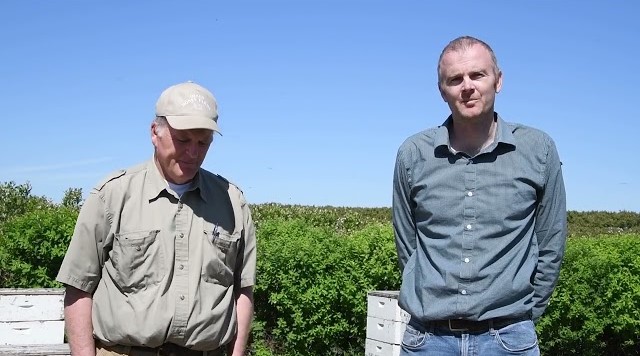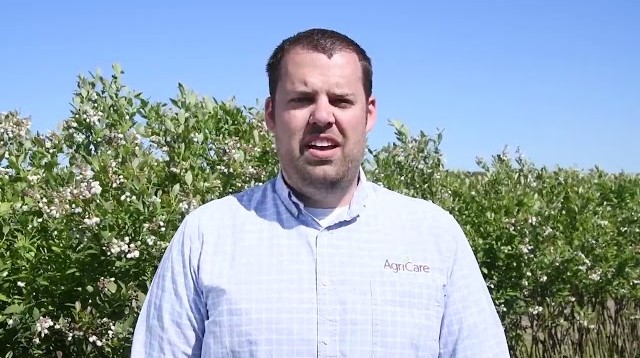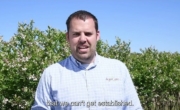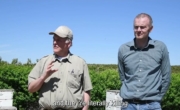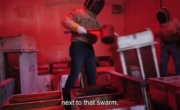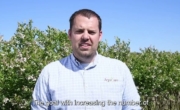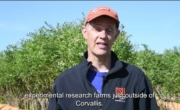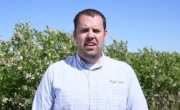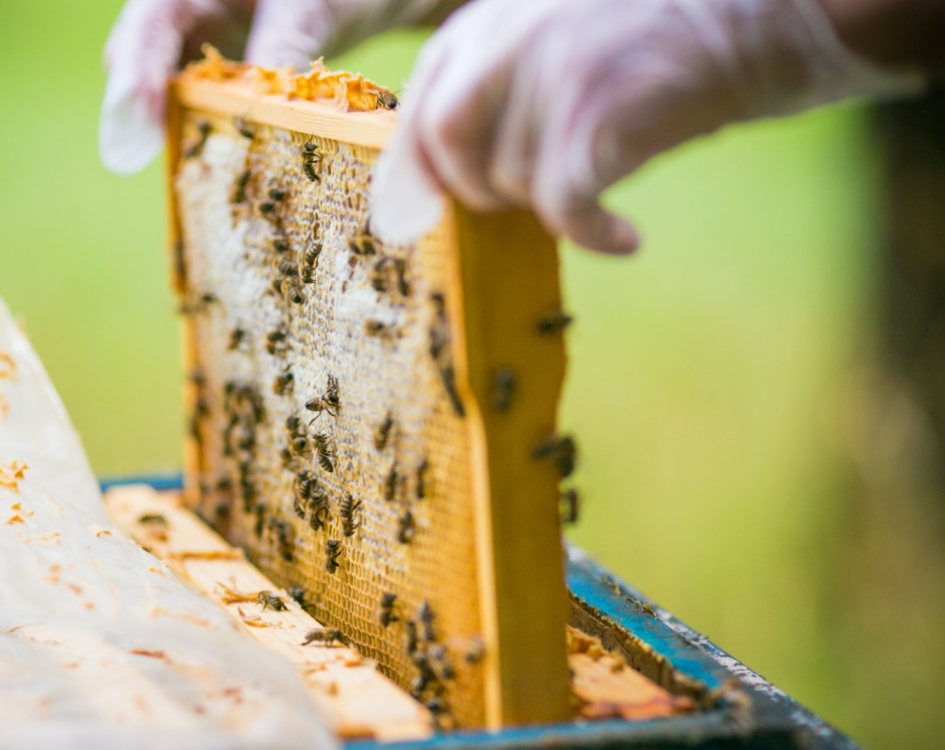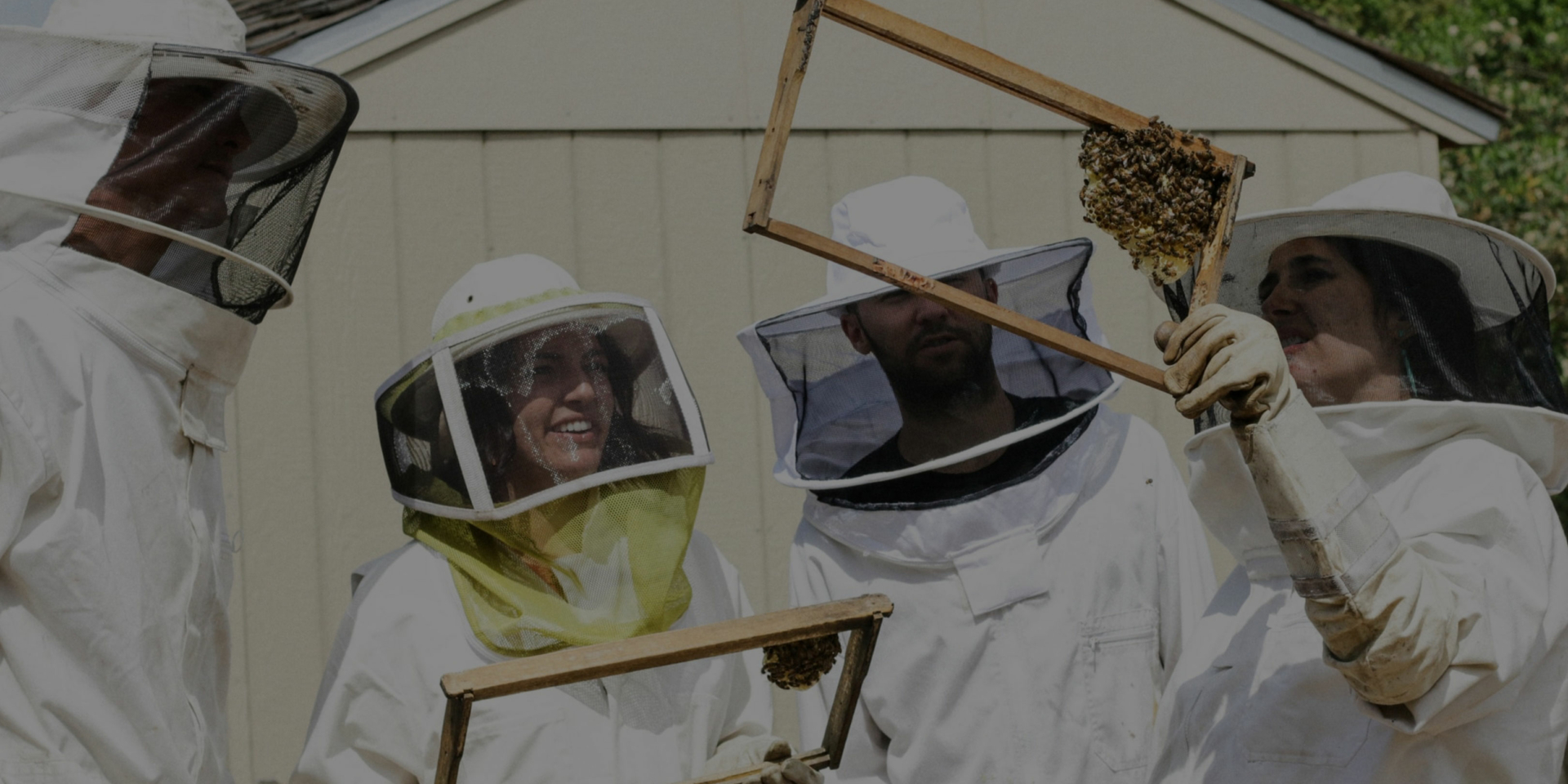
Programs
Bee Integrated
Holistic Approach
The Bee Integrated Demonstration Project brings together beekeepers and farmers in a holistic approach to honey bee health in agricultural landscapes.
Bee health decline is the sum of multiple factors including pests and diseases, poor nutrition and exposure to pesticides. Addressing any of those factors can help, but multi-factor problems demand multi-factor solutions.
In the Bee Integrated approach, beekeepers and landowners adopt best management practices (BMPs) and open lines of communication to improve the health of honey bees and other pollinators.
“Multi-factor problems demand multi-factor solutions.”
How It Works
- Pairs: local beekeepers and producers to apply best management practices
- Supports: these pairs with expertise, training and resources.
- Measures: the impact on bee populations for three years.
- Shares: findings with the beekeeping and agricultural communities.
“I will continue the practices that I learned. I have planted an additional 20 acres of bee habitat.”
Harold Schulz, Baldwin, ND
Lessons Learned
Between 2017 and 2021, six farmer/beekeeper pairs in North Dakota implemented BMPs ranging from varroa mite scouting and control methods to planting perennial be forage habitat. The protocols also emphasized proper pesticide handling, both among beekeepers controlling varroa and among farmers working with treated seed and sprayers.
Scientists compared honey bee colonies managed by Bee Integrated Demonstration Program beekeepers in both conventional and best management practices (BMP) conditions.
Among the most important findings were:
- Planted foraging habitat was used well by both honey bees and native bees, and more flower species were visited by honey bees in the colonies with access to planted habitat.
- In a 2018 study, plots planted to Bee and Butterfly Habitat Fund pollinator forage seed mixes attracted managed honey bees 3 times more frequently—and native bee species 8 times more frequently—than Conservation Reserve Program (CRP) fields.
- Bee Informed Partnership tech team apiarists validated the alcohol wash method of counting varroa mites in the field.
- Publication of two peer-reviewed journal articles and several management resources for both beekeepers and farmers.
- Connection between farmers and beekeepers was a welcome and important link that helped sharpen the focus on honey bee health.
Click here to read our Lessons Learned brochure summing up results from the 2017-2021 North Dakota pilot program.
Click here for resources on pollinator habitat planting from the Bee and Butterfly Habitat Fund.
“They’re trying to protect their livelihood, and we’re trying to protect ours, and in situations like that, communication is all we have. When there’s relationships, then we’ve got a fighting chance.”
Zac Browning, Browning’s Honey, Jamestown, ND
New State Programs
In 2021, elements of the Bee Integrated model were introduced in Michigan, Iowa and Oregon, bringing beekeepers and farmers together in a range of agricultural landscapes. Opening lines of communication was the heart of the program in each state.
Click on the video thumbnails below to view brief bites on various aspects of the Bee Integrated program in Michigan.
“Realizing that business as usual didn’t have to be business as usual; we could open a conversation.”
Jamie Ostrowski, Arnold Apiaries, Deckerville, MI
Click the thumbnails below to hear from beekeepers, landowners and researchers in Iowa.
“If we put all of that together and have people working together on the landscape, that should play out into…better bee health overall.”
Dr. Keri Carstens, Corteva Agriscience, Honey Bee Health Coalition
Click here for more details on planting prairie strips in Iowa.
Select among the videos below for perspective from farmers, a beekeeper and an extension apiary specialist in Oregon.
“It’s all about communicating early and often.”
TJ Hafner, AgriCare, Jefferson, OR
You Can Bee Integrated
You can launch your own Bee Integrated network to help improve honey bee colony health. Here are some simple steps to get you started.
Find a partner
- If you’re a beekeeper, find a farmer. The farmer should be willing to plant and maintain pollinator forage, follow pesticide stewardship best management practices (BMPs) and communicate with you regularly about pesticide applications or concerns.
- If you’re a farmer or landowner, find a beekeeper. The beekeeper should be willing to put hives you your land, follow best practices for hive management, and communicate with you regularly about any pesticide management concerns. Not sure where to look? Your area or state probably has a local beekeepers’ club.
Adopt BMPs
- Communicate. Get to know your partner. Tour of each other’s operation, and consider a day-long job swap. Find out what you do that impacts your partner’s business. Create a communication plan so you can connect if an issue arises.
- Plant pollinator habitat. If you’re the farmer or landowner, establish pollinator foraging habitat—hard-to-farm areas can be perfect for this. Establishing perennial flowering mixes takes effort. You can learn about seed mixes, establishment techniques and more through your local USDA Natural Resources Conservation Service or Farm Services Administration office, or through habitat organizations like the Bee and Butterfly Habitat Fund or Pheasants Forever.
- Manage varroa. If you’re the beekeeper, follow the Honey Bee Health Coalition’s Varroa Management Guide and BMPs for Hive Health. To learn more about monitoring and treating varroa, watch the Coalition’s training videos. For technical assistance with varroa mites, contact the Bee Informed Partnership.
- Manage crop pests carefully. Many states have Managed Pollinator Protection Plans that provide guidance on pesticide stewardship, beekeeper-farmer communications and other topics. Pollinator BMPs are also available for specific crops, including almonds, canola, corn and soybeans, and for seed treatment stewardship and crop pest advisor training. Beekeepers: consider registering your hives with BeeCheck so pesticide applicators can help protect your hives.
Measure your impact. Honey production, varroa levels, and overwintering survival rates can be indicators of success. So can the pollen collected in pollen traps, and the bees you observe in planted forage habitat. For help monitoring data, contact the Bee Informed Partnership or check with your state apiarist.
Share Your Results
Your success, or the lessons you’ve learned, could inspire others. Email us at contact@honeybeehealthcoalition.org to share your results, videos, photos, blogs or other details of your experience. We may contact you to learn more.
Bee Integrated Partners
The Honey Bee Health Coalition (HBHC) conducted the Bee Integrated Demonstration Project with the help of a wide range of implementation and funding partners.
Implementation Partners
- Bee and Butterfly Habitat Fund
- Bee Informed Partnership
- Conservation Technology Information Center (CTIC)
- Corteva Agriscience
- Eastern Missouri Beekeepers Association
- North Dakota Department of Agriculture
- Syngenta
- U.S. Geological Survey (USGS)
Funding Partners
- Almond Board of California
- Bee and Butterfly Habitat Fund
- Corteva Agriscience
- Healthy Hives 2020 (Bayer CropScience)
- National Honey Board
- North Central IPM Center
- North Dakota Department of Agriculture
- North Dakota Outdoor Heritage Fund
- Project Apis m.
- Syngenta
- Veto-pharma
Contact Us
Got questions? Suggestions? Experiences to share? Email us at contact@honeybeehealthcoalition.org.
If you want to report a suspected bee health incident due to pesticide exposure, click here for the Honey Bee Health Coalition’s Incident Reporting Guide for next steps.
